

A Curiosity Approach environment fosters exploration, creativity, and sensory-rich experiences, making learning feel natural and engaging. Here are some additional ideas to enhance your nursery room setup.
Loose parts are open-ended materials that children can move, manipulate, stack, and combine in countless ways during play. They can be natural, recycled, or everyday items and encourage children to develop fine motor skills, critical thinking, and social interaction. The following article provides a list of Loose Parts Materials for Babies, Toddlers, and Preschoolers, Loose Parts Materials Based On Themes, How To Set Up Loose Parts Materials and more.
Supporting schemas through meaningful and engaging experiences helps nurture children’s natural learning processes. The following article provides activity ideas for incorporating schema-focused activities into the learning environment.
Setting up room displays can be quite exciting. The following article provides information on Non Negotiable Displays, Highly Recommended Displays, Optional Displays, Displays To Meets NQS In Australia, Displays To Meet National Regulations, Quality Ratings Display, Ideas For Creating A Children's Art Display, Examples Of Cultural Displays, Examples Of Aboriginal and Torres Strait Islander Displays, Themed Displays, Creating A Parent Displays and more.
Working barefoot is beneficial for educators in early childhood settings. It is comfortable and relaxing, which can contribute to a positive and calm atmosphere. The following article provides information on Benefits for Educators, Strategies For Educators, Implementing Barefoot Policies, Tips for Implementing Barefoot Practices for Educators, and more.
Inquiry-based learning in early childhood is a powerful approach that nurtures children's natural curiosity and encourages them to explore, ask questions, and discover answers through hands-on experiences. The following article provides information on the Benefits Of Implementing Inquiry Based Learning, Steps to Implement Inquiry-Based Learning, Guide Children In Inquiry Based Learning and more.
Lighting plays a crucial role in early childhood environments, impacting everything from mood and behavior to learning and development. The following article provides information on Effect Of Lighting, Effects Of Poor Lighting, The Effects Of Poor Lighting On Children, Dim Lighting In Early Childhood and more.
Meditation can be a wonderful tool for preschoolers to help them relax, focus, and manage their emotions. The following article provides simple and engaging meditation activities for young children.
Kinaesthetic learners, also known as tactile learners, thrive on physical movement and hands-on experiences. They learn best through activities that involve touch, movement, and manipulation of objects. The following information provides information on How To Identify Kinaesthetic Learners, Characteristics of Kinaesthetic Learners, Strategies to Support Kinaesthetic Learners and more.
Involving children in documentation in early childhood education can be a powerful way to engage them in their own learning process. The following article provides information on Strategies Involving Children In Documentation and Multimodal Representations.
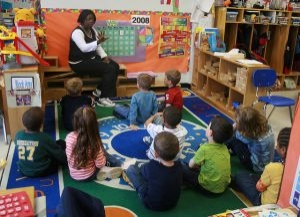 Working as a childcare professional can be a challenge especially when dealing with behavioural problems which may arise. The techniques we use when dealing with… Read More
Working as a childcare professional can be a challenge especially when dealing with behavioural problems which may arise. The techniques we use when dealing with… Read More
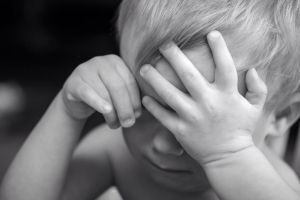 There are different types of behaviour that children can display and sometimes it can be hard to manage, especially if a child is having behavioural… Read More
There are different types of behaviour that children can display and sometimes it can be hard to manage, especially if a child is having behavioural… Read More
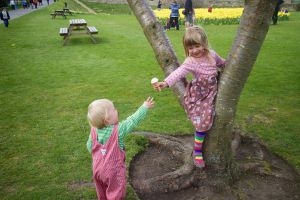 As a parent, your behavioural expectations of your child can be higher than what is actually developmentally appropriate for your child's age.
Read More
As a parent, your behavioural expectations of your child can be higher than what is actually developmentally appropriate for your child's age.
Read More
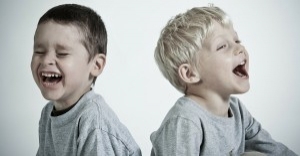 As Educators, there will be many instances where you will need to write about a child's behaviour. For a behaviour management plan, assessments, half-yearly or… Read More
As Educators, there will be many instances where you will need to write about a child's behaviour. For a behaviour management plan, assessments, half-yearly or… Read More
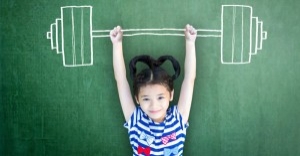 As Educators when communicating with Parents (through verbal or non-verbal communication), there will be times where we need to discuss issues or concerns that may… Read More
As Educators when communicating with Parents (through verbal or non-verbal communication), there will be times where we need to discuss issues or concerns that may… Read More
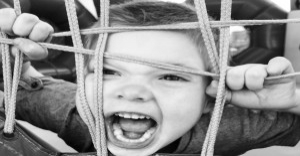 Challenging Behaviour is when a child does something that hurts themselves and/or other people.
Read More
Challenging Behaviour is when a child does something that hurts themselves and/or other people.
Read More
 As part of your child's development it is normal for your child to have anxiety and fears. A baby commonly shows a fearful sign to… Read More
As part of your child's development it is normal for your child to have anxiety and fears. A baby commonly shows a fearful sign to… Read More
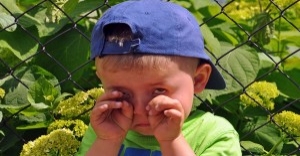 It's always difficult to bring up behavioural issues with parents, it can be nerve wrecking to tell a parent that their child misbehaves but that… Read More
It's always difficult to bring up behavioural issues with parents, it can be nerve wrecking to tell a parent that their child misbehaves but that… Read More
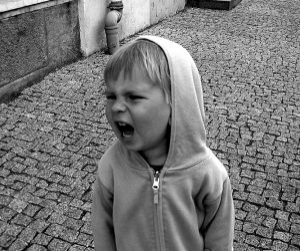 All children deal with anger on a daily basis. Thinking about it as a child, there is a lot to be angry about. Elder people… Read More
All children deal with anger on a daily basis. Thinking about it as a child, there is a lot to be angry about. Elder people… Read More
 It is important to understand that your child behaviour problems could not just be from attention seeking. There are many factors to take into consideration… Read More
It is important to understand that your child behaviour problems could not just be from attention seeking. There are many factors to take into consideration… Read More
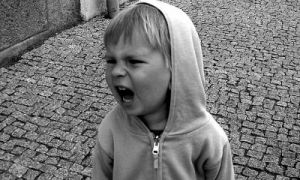
All children deal with anger on a daily basis. Thinking about it as a child...
See more...
There are different types of behaviour that children can display and sometimes it can be...
See more...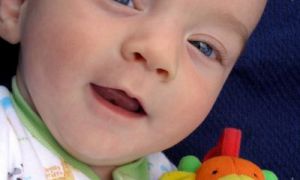
Language not only refers to the spoken word but it also incorporates gesturing, facial expressions...
See more...© 2009-2025 Aussie Childcare Network Pty Ltd. All Rights Reserved.
